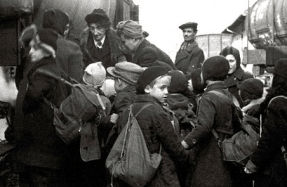STRANGE LIVES OF MAYA KINGS

Out of the dark shadows emerged a fairytale sight, a fantastic and transcendental view of another world. Such was the stunned reaction of the archaeologist Alberto Ruz Lhuillier as he first entered the tomb of K’inich Janaab’ Pakal in 1952. Pakal had been the ruler of the bustling Maya city of Palenque, in present-day Chiapas, Mexico, from 615 until 683.
The massive carved stone lid of his sarcophagus, located beneath the city’s Temple of Inscriptions, explained that Pakal would first travel to Xibalba, the Maya underworld, then make good his ascent via the legendary World Tree. Pakal was suitably dressed for his odyssey. His skeleton wore a stunning death mask along with the finest jade collar, necklaces and rings. His sarcophagus displayed images of his ancestors and symbolism redolent of the Maya maize god, a figure who encapsulated the perpetual cycles of rebirth and renewal. Pakal’s journey was far from being over, and a stone tube, heading out of the tomb, may well have been intended as a ‘psychoduct’: a conduit through which Pakal’s spirit could venture upwards to encounter worshippers in the temple.
The Maya knew how to treat their dead kings, especially during the so-called Classical period (c.250 CE-c.900), and royal funerary sites were crammed with treasures and potent images: jade and pyrite artefacts, porcelain-like cowrie shells, turtle carapaces, stingray spines and cinnabar. But why was such devout attention lavished
You’re reading a preview, subscribe to read more.
Start your free 30 days



